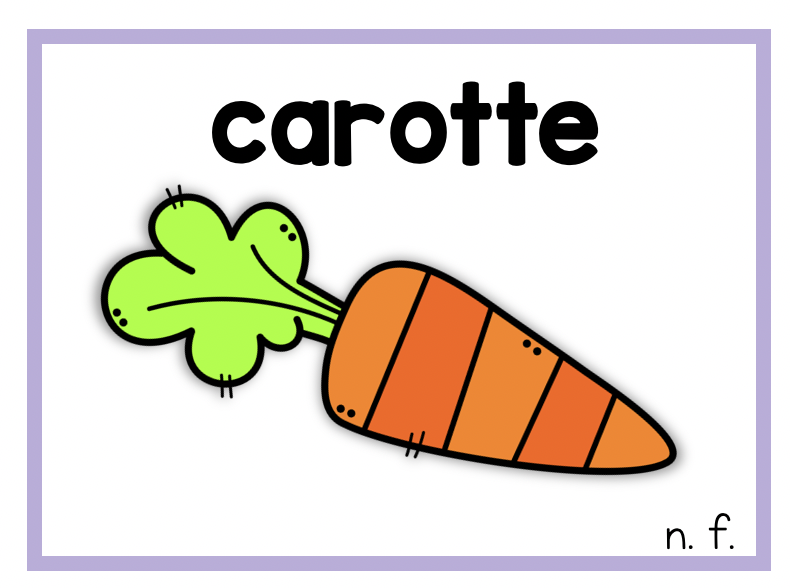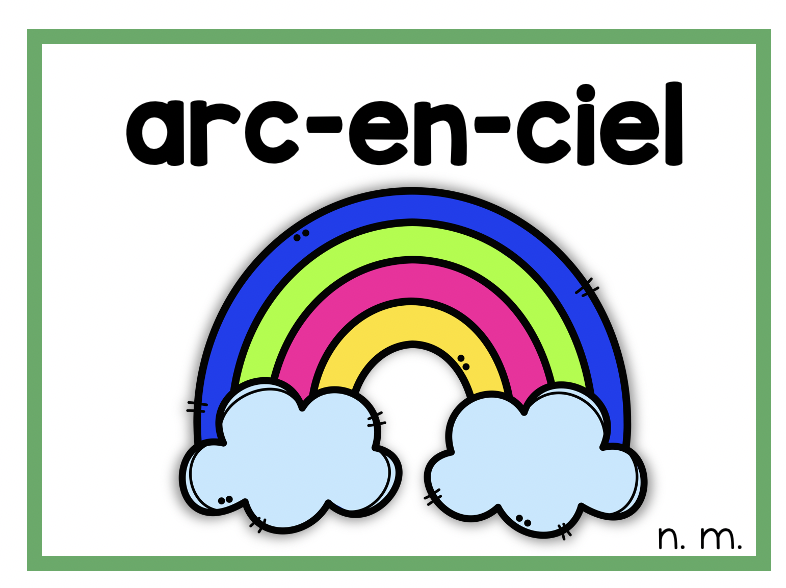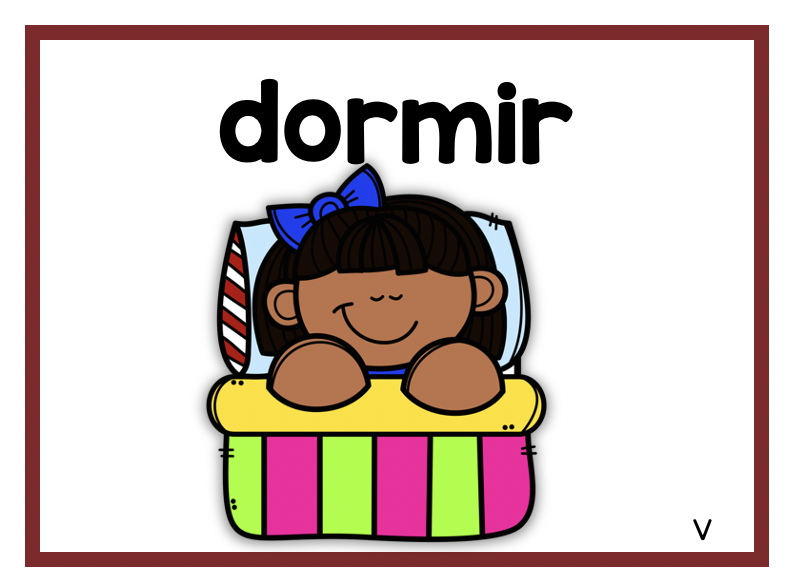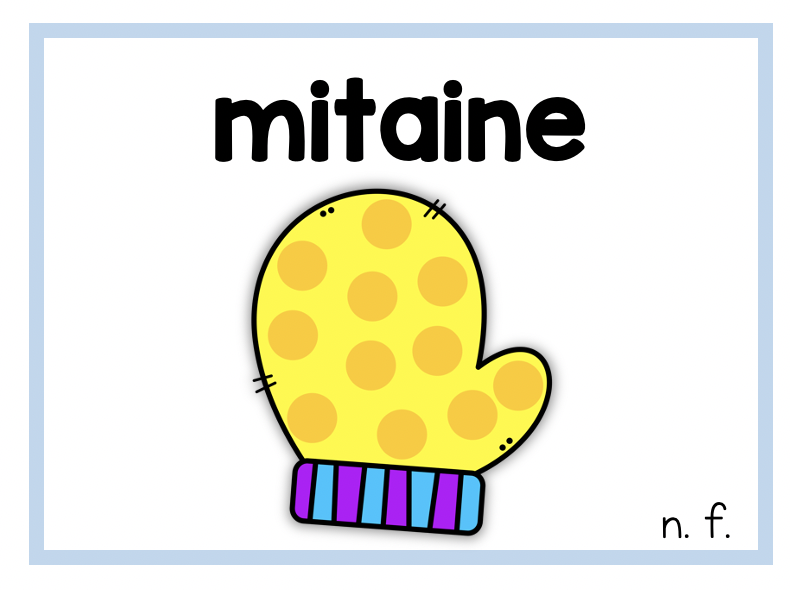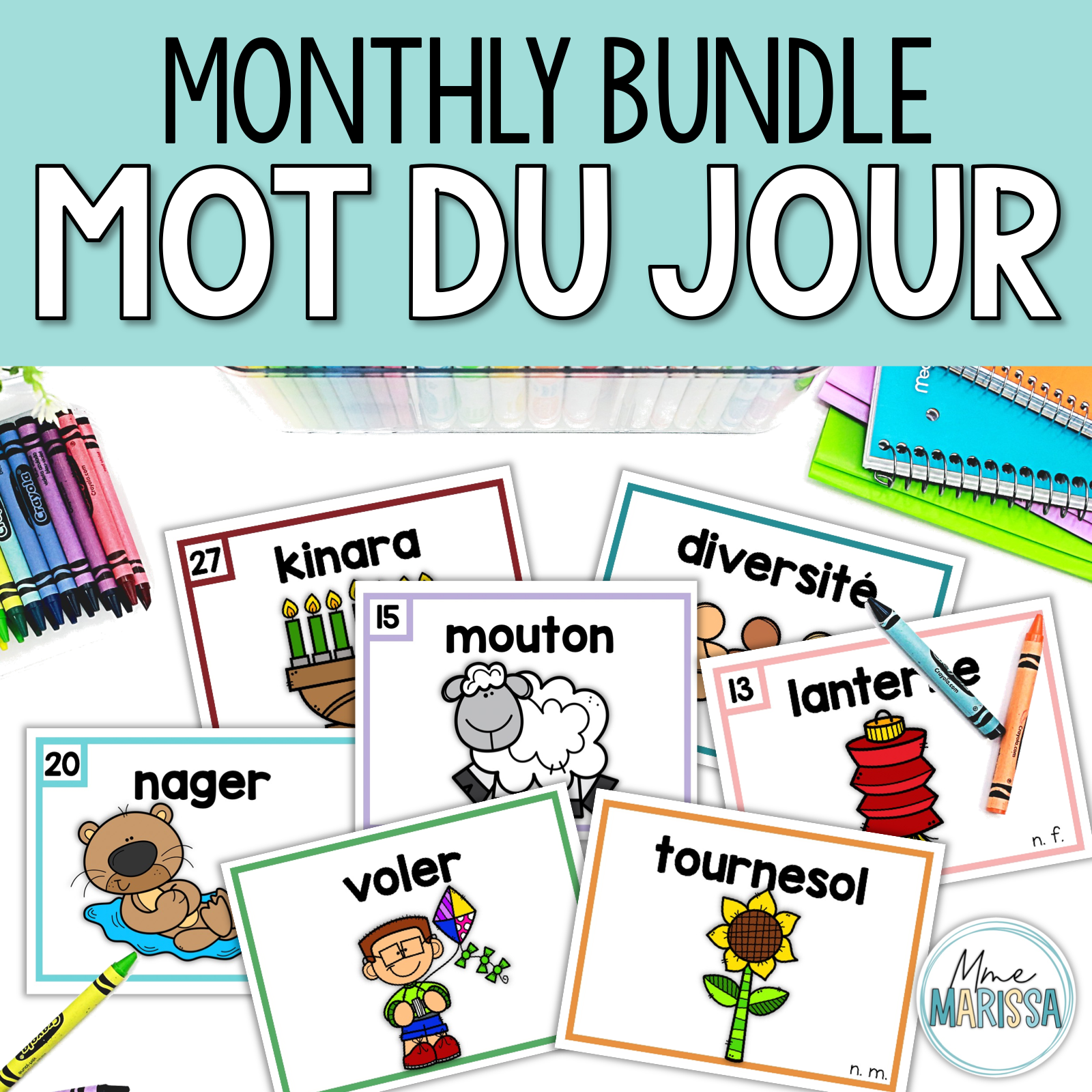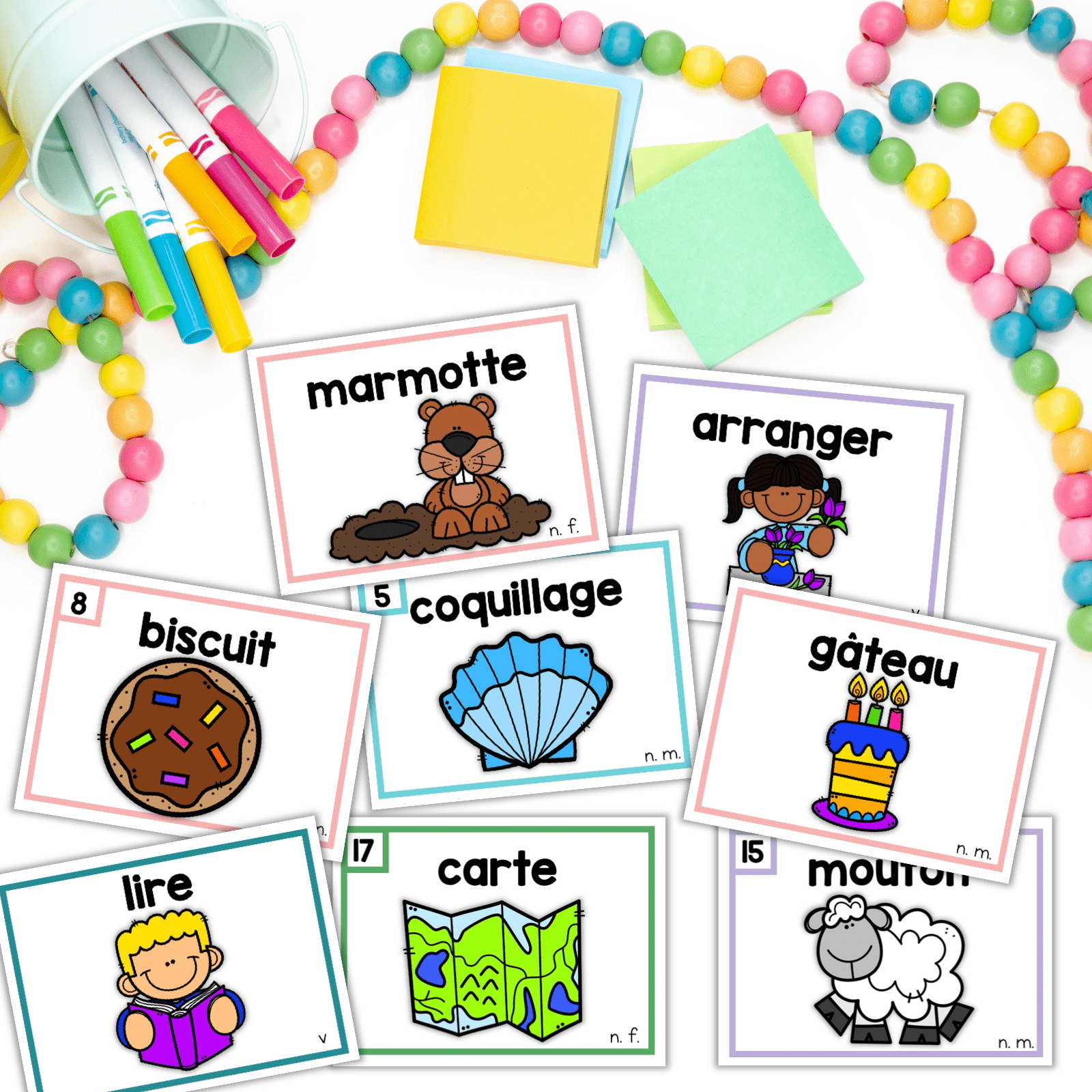Oral French with Mot du Jour
I have done a type of “mot du jour” for several years now but it wasn’t until this year that I fully incorporated it into my morning routine. I’ve also really worked hard on the oral component this year so it was important to give many opportunities during the day to speak
Why do I do this? Why is it valuable?
It gets them talking and builds their vocabulary. One of my May words is nénuphar (lilypad) and this was new to every single one of my students. The thing is, they were able to put it into sentences and this helps give context to the word and solidify that vocabulary.
I like to think of it as sneaky literacy since we are going to cover a bunch of skills at once and they won’t even realize it. This consistency and repetition will help build their confidence and knowledge. If you do my phrase du jour routine, it’s the same sort of idea. We run through a lot in a short amount of time but we go over it every single day so it provides so many opportunities for students to participate if it takes longer for them to understand a concept, plus we never “forget” about these topics.
The process (~5-6 minutes)
We do it as a whole group while students are sitting at the carpet. This isn’t a 10 minute activity (though you could definitely stretch it out to be!). Ideally I want to get all of this done in 5 minutes or less. If it’s a particularly popular word, I may get more students who want to share sentences so that will extend our time.
Depending on your students’ level, you may want to work up to all these questions about the word. Steps 1-9 are very fast and we spend the most time on 10. If your students are not yet at the point of spontaneous sentences on their own, you can spend more time on the earlier steps and maybe come up with 1-2 sentences as a group.
For the purpose of demonstration we are going to use the word poisson.
SAY
Teacher: “Le mot du jour aujourd’hui est poisson. Tout le monde dit poisson.”
Students: “Poisson”
SPELL
*You can choose to have them try to spell it without seeing the card first (so don’t show it in step 1 or 2) or you can let them see it and you can still spell it orally.
Everyone: “P-O-I-S-S-O-N”
PHONEMES
*Map out the phonemes orally.
Teacher: “On va taper pour chaque phonème qu’on entend.”
Everyone: “P-OI-SS-ON. Il y a quatre phonèmes.”
SYLLABLES
*Note that syllables are not the same as phonemes
Teacher: “Combien de syllabes sont dans le mot poisson? On va les taper ensemble”
Everyone: “POI-SSON. Il y a deux syllabes”
SOUNDS
Teacher: “Qui peut identifier un des sons composés dans le mot?”
Student: “O-I fait oi”
Student: “O-N fait on”
RHYMES
Teacher: “Qui peut me donner un mot qui rime avec poisson”
Students give rhyming words (ie: lion, cochon, avion, bouton…)
PART OF SPEECH
*If your students aren’t yet confident with their knowledge around nouns vs adjectives vs verbs etc, you might just tell them that it’s a noun.
Teacher: “Quel type de mot est-ce?”
Student: “C’est un nom commun”
MASCULINE OR FEMININE
*If it’s a noun, talk about if it’s M or F. If it’s an adjective, talk about M and F options.
*You can also just tell them if it’s M or F, depending on their knowledge
Teacher: “Est-ce que ce nom commun est masculin ou féminin?”
Student: “C’est un nom masculin.”
*If they’ve been taught the typical M or F endings, you could extend by asking them why they know it’s masculine. In this case on is a masculine ending.
ARTICLES
Teacher: “Si c’est un nom masculin, quels déterminants peut-on utiliser?”
Students: “Le, un, mon, ton, ce…”
*Again, if they have been taught about articles, you can ask them what options they can use. If not, you can give them some options.
Teacher: “Ce nom est masculin alors on peut dire un poisson, le poisson, mon poisson, ce poisson…”
SENTENCE
Teacher: “Maintenant, qui veut partager une phrase qui contient le mot poisson?”
Students take turns giving sentences.
Examples: Le petit poisson nage dans le lac. J’ai attrapé un gros poisson avec mon papa. Regarde le poisson rouge qui cherche de la nourriture.
Additional things you could talk about:
Are there any silent letters?
If it’s a verb, you’ll need to skip the M/F and articles so instead you can conjugate it in a verb tense of your choice
How many vowels are there? How many consonants are there?
FAQ questions about the sentence share out
Do all students have to speak? How many have to speak?
That’s up to you! For my class it’s voluntary, you are not required to speak. The number of students who want to speak depends on the word (some are easier than others) and who’s feeling brave that day. Generally I get 5-8. They’re often the same students every day, that’s fine with me! We are always so proud when someone other than the usuals gets the courage to share.
How long do the sentences have to be?
That will depend on your grade level expectations and individual student abilities. I accept any length. I would accept both « Le papillon est grand. » and « Le papillon aime voler avec son ami dans le beau jardin. »
What if they make mistakes?
No biggie! We help them along the way. They will often pause and get help for a word then continue.
How can I extend this activity?
See how often it can be used in other examples throughout the day
Do a writing or oral story activity (see below)
Multi-card written or oral stories
Pull 2, 3, 4, or more cards at random. Now tell a story orally or in written form using all these words. This could be done in a group or individually.
While the words do follow general themes in each month, they may not all make sense right away. Especially if you get a word related to Diwali, a Halloween word and a couple fall words in your pick. Stretch that creativity!
Let me tell you, coming up with a word off the top of your head every morning isn’t as easy as it seems.
Not to worry! I took the guess work out of it for you and you can have a word for every day of the month.
Each month has two versions, a numbered version and a unnumbered version so you can choose which cards you want based on how you want to use the cards.
There is a dictionary notation in the corner of each card. The majority of words are nouns but there are some adjectives and verbs.
For example:
n. f. = nom féminin
v = verbe


